The bunkerisation of a nation
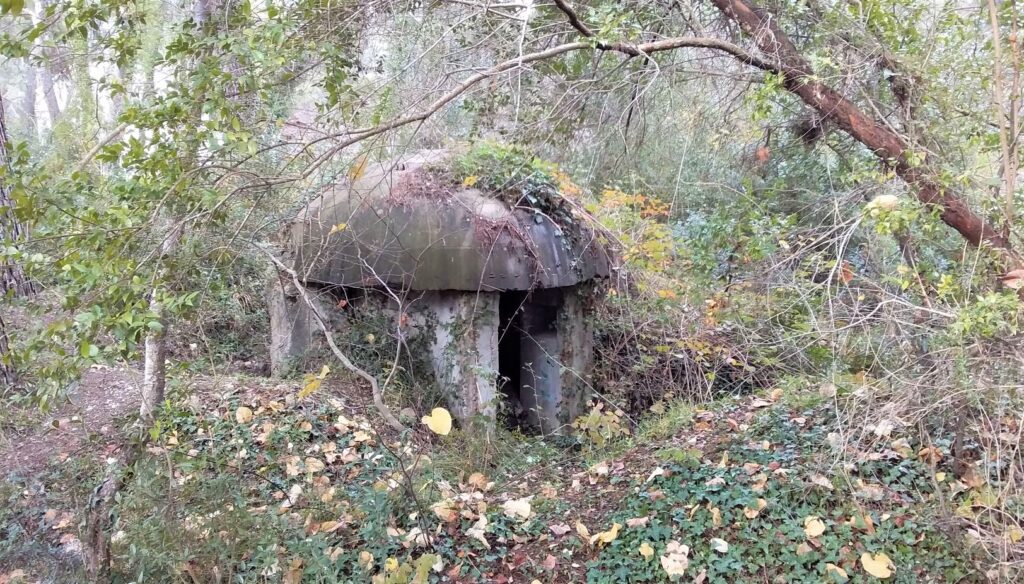
I spent my first week in Albania exploring the nation’s capital, Tirana. It was there I saw my first Albanian bunker, an incongruous concrete dome in a pedestrian walkway near the centre of the city. It was the first of many, in fact literally hundreds, of Albania’s bunkers that I would see during my time in the country.
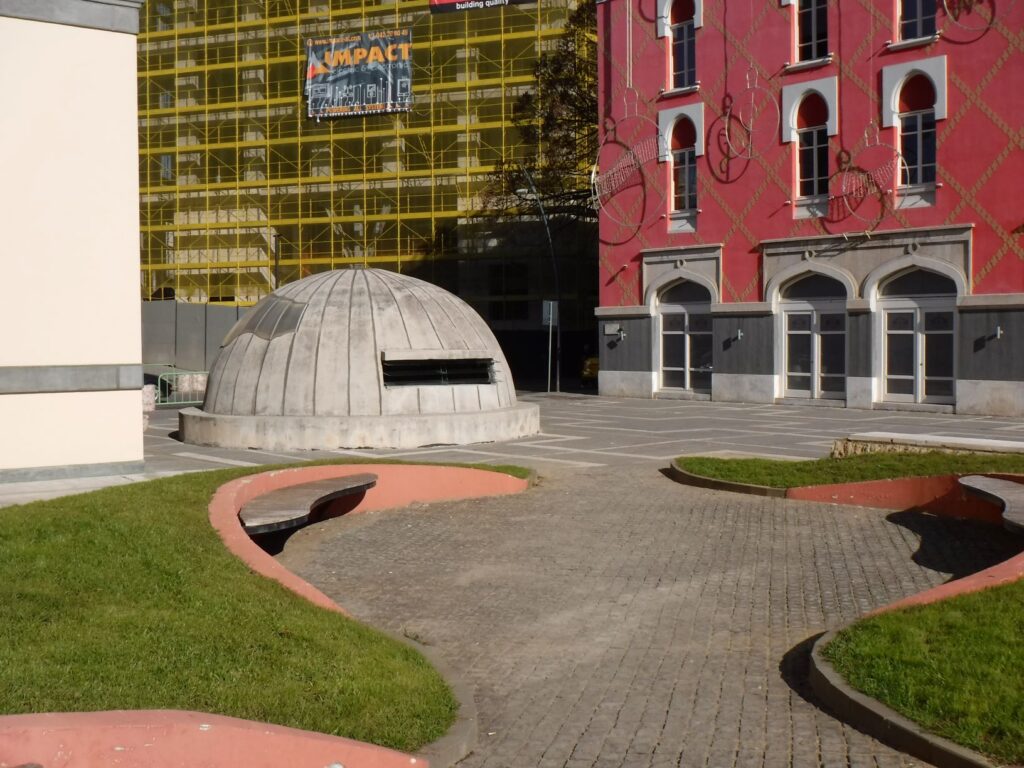
After its liberation from the Nazis in 1944, Albania was lead by a communist dictator named Enver Hoxha, who ruled until his death in 1985. He believed that the socialist state he created was threatened by enemies from within the population of Albania, and from foreign agents wishing to bring the nation down. Thus suspecting pretty much everyone, Hoxha built a prison state, in which Albanians were kept in, and most of the world was kept out. Although initially part of a brotherhood of communist nations after World War II, Hoxha’s government eventually broke ties with all his ‘allies’ until he had succeeded in alienating the entire world.
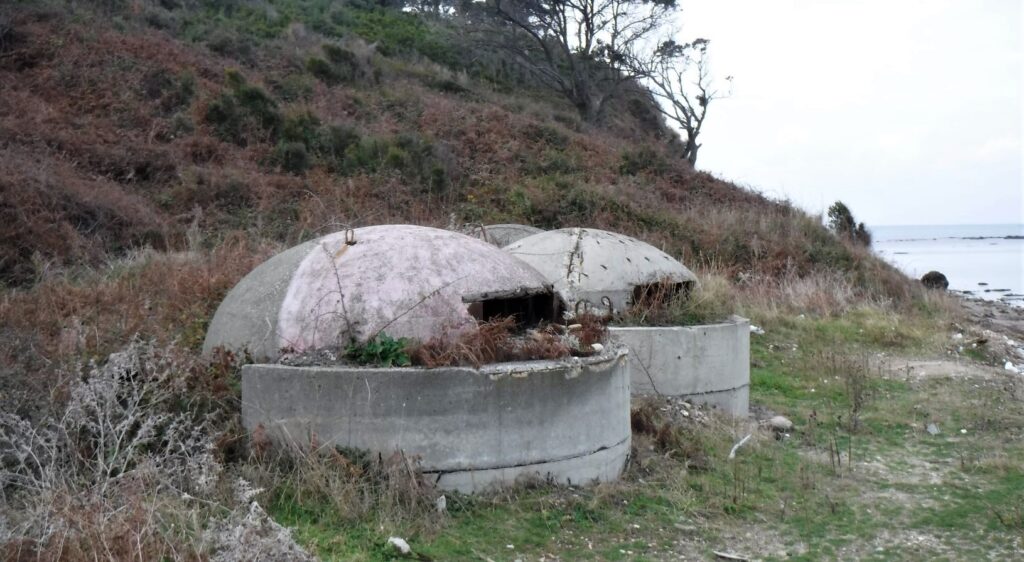
Hoxha was convinced that foreign powers would invade, and in order to assist in the defence of the nation he began the ‘Bunkerization of Albania’. The scale of the defensive program is mind-boggling: the construction of 221,143 bunkers was planned. These fortifications ranged in size from massive complexes that could withstand chemical and nuclear weapons, to small concrete mushrooms designed for two to three people.
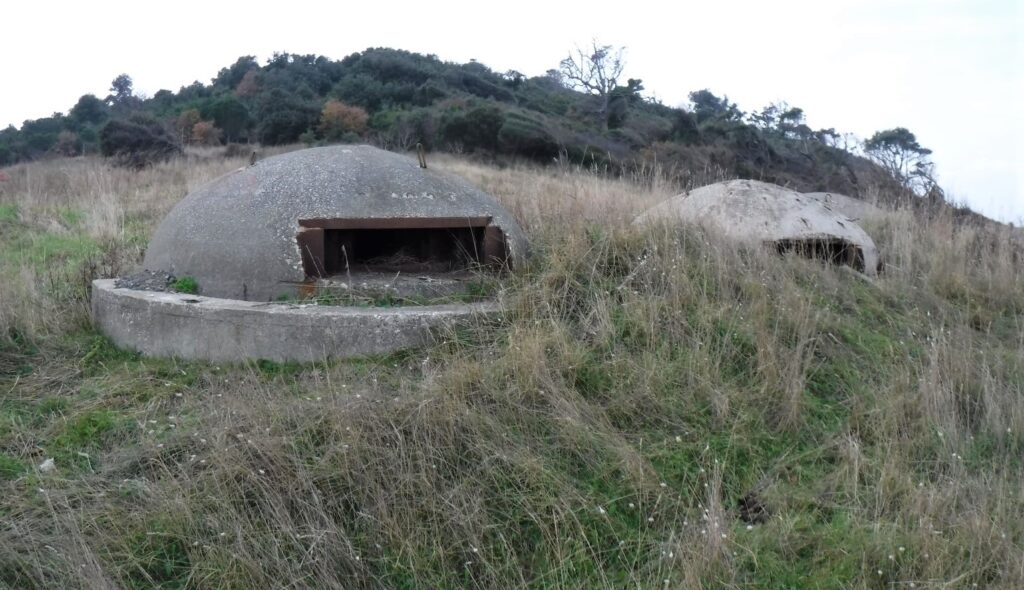
The Albanian Government carried out tests on the proposed bunker designs, including one where the fortifications were stocked with farm animals and then subjected to shelling and bombing. After raining over 1000 rounds of ordinance down on the bunkers and their hapless test subjects, State propaganda reported that all animals had survived. After this success, and the results of other assessments and evaluations, it was full steam ahead to build thousands of the concrete shelters.
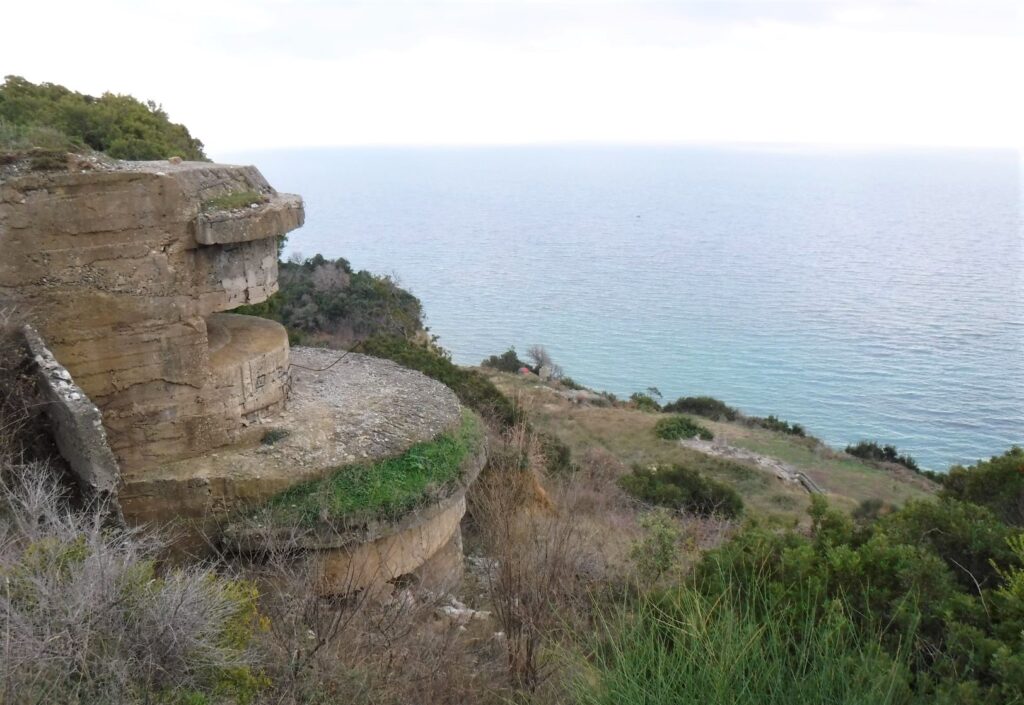
Despite the zeal with which the State embarked on this staggering construction project, only 78% of the proposed bunkers were completed when construction ceased in 1983.
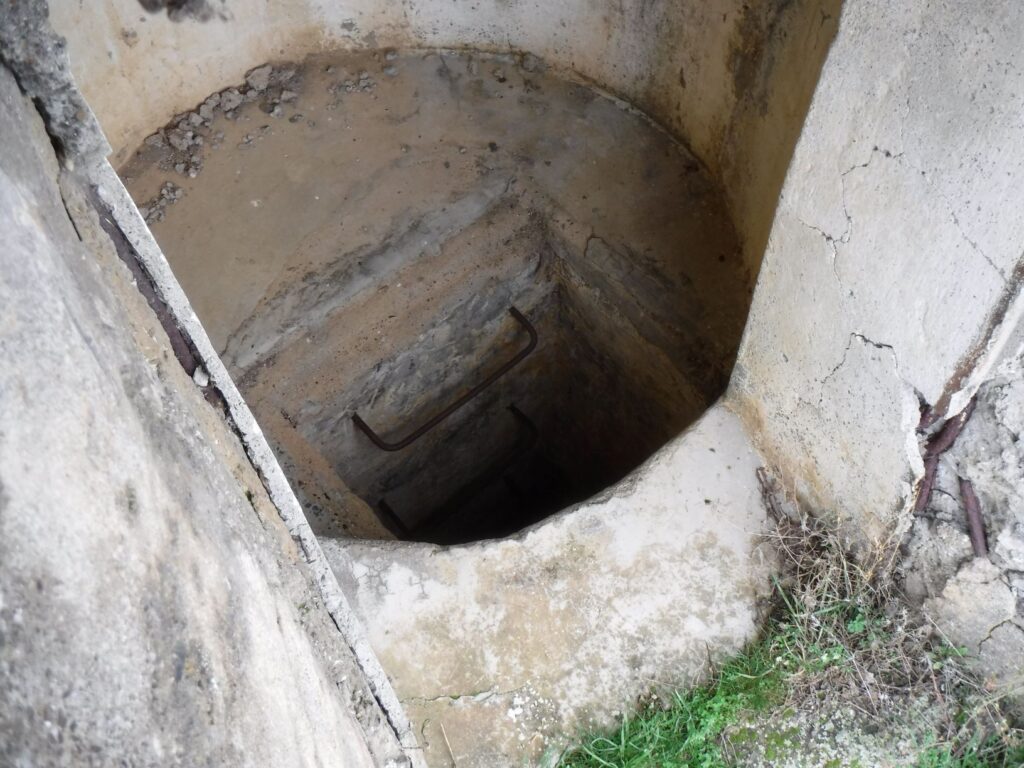
Still, that’s 173,371 bunkers, which works out to be about one shelter per 11 citizens.
Bunker access point
The most common design you come across in Albania is the smallest of Hoxha’s buffet of bunkers. These were designed as ‘fire centres for the population’, and were to be staffed by the local people who were expected to take up arms and fight the invading foreign power. There were 161,878 of these built, and they are literally everywhere.
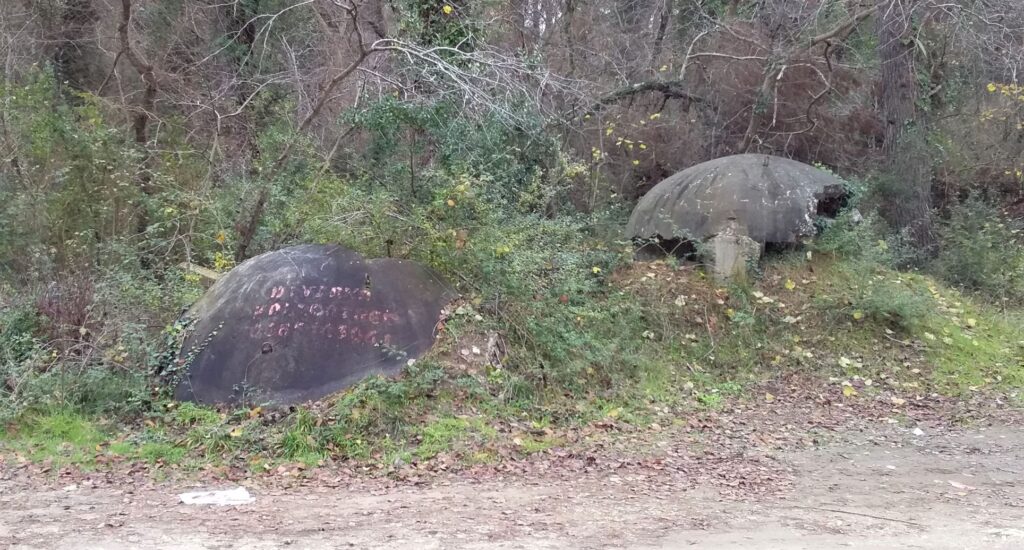
In the end, it was not a foreign power than ended single-party, autocratic rule in Albania, but rather the Albanian people themselves who dismantled the State from within. Hoxha’s feared invasion never came, and Albania’s bunkers now serve as a reminder of the dark times of isolation and paranoia.
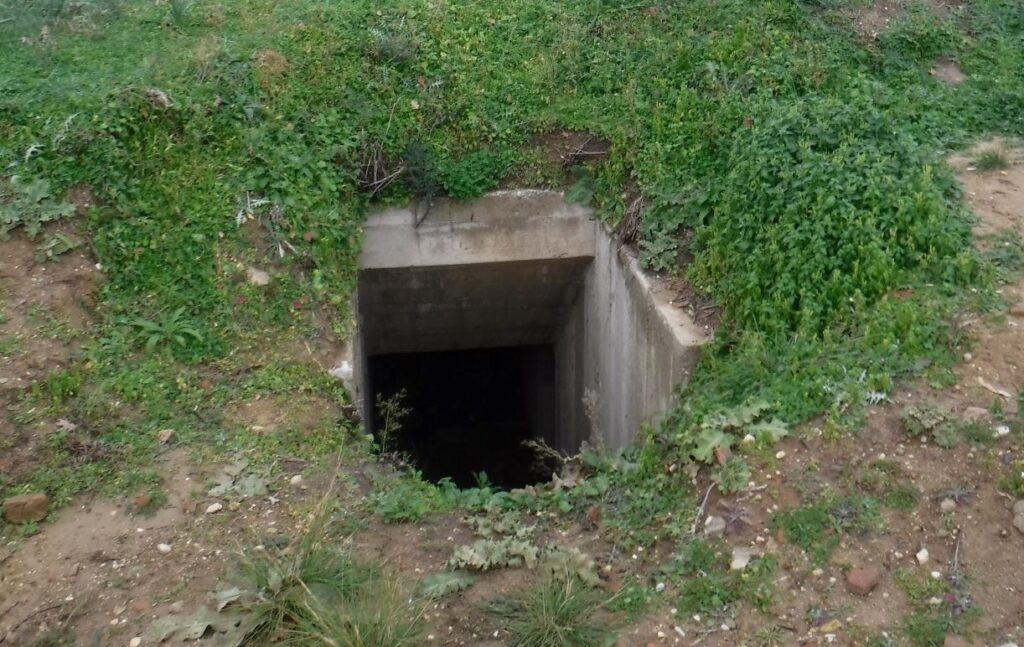
If you liked this post, you may also enjoy Museum of Strategic Missile Forces
Do you have a particular interest in World War I, II and the Cold War? Check out my other blog Ghosts of War. If you enjoy military history, and want to know what it’s like to visit both significant and lesser-known wartime locations today, there’s something there for you.
Leave a Reply